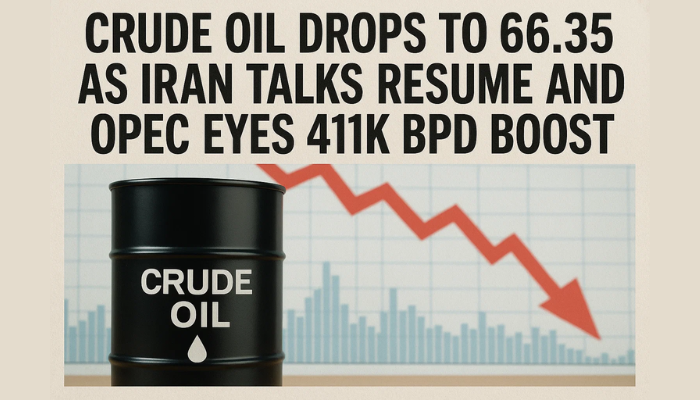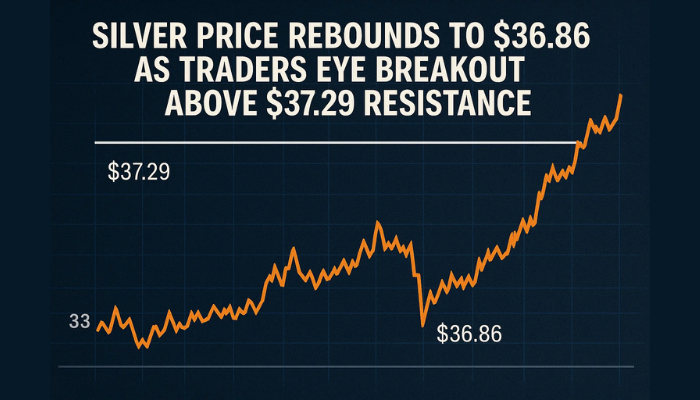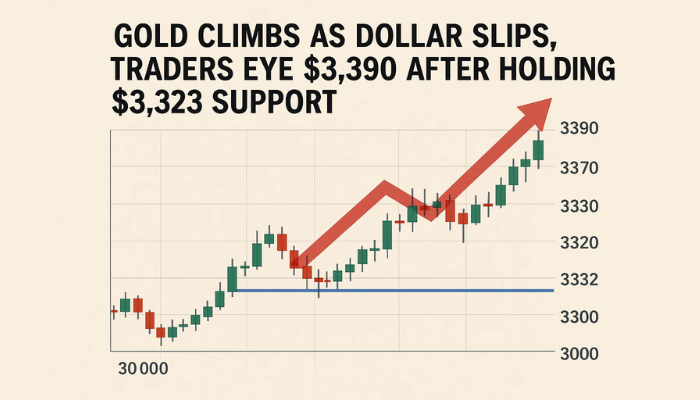Valuable Chart Patterns: Breaking Down The Pennant
From moving averages and Stochastics to pivot points, the vast majority of short-term traders utilize at least one technical indicator.

In the arena of active trading, technical analysis is king. From Moving Averages to Pivot Points, the vast majority of short-term traders use at least one indicator in their approach to the market. Depending upon the time frame and product being traded, the best tool for the job will vary.
A good place to start is the powerful and versatile technical devices known as chart patterns.
What Are Chart Patterns?
If you have spent any time at all in front of a trading screen, then you are very familiar with pricing charts. Charts are the backbone of technical trading. They interpret the price data streaming live from the market into a visual format instantaneously. The price chart is an indispensable part of technical trading.
So, what is a chart pattern? Simply put, it is a specific formation of pricing bars on a given chart. Each is unique in the information it provides and useful in various ways. Range bound, trending, and compressed markets are all represented by different patterns. Whether one prefers using a traditional OHLC configuration or Japanese candlesticks, chart patterns play an important role in the prediction of future price moves.
Chart Patterns 101: The Pennant
One of the most basic, yet powerful, chart patterns is the pennant. Odds are you have already heard of the pennant and are aware of its capabilities. If not, here is a quick refresher:
- A pennant is classified as a continuation pattern. It represents a pause in an existing trend or a precursor to a directional breakout in price.
- The anatomy of a pennant includes a “flagpole” followed by a period of sideways price bars. The “flagpole” represents a directional move in price and the subsequent horizontal price action forms the body of the pennant.
- As the pennant develops, the trading ranges become compressed. This is an indication that pressure is building and the market is preparing to move.
Depending on whom you talk to, the working definition of what a pennant is will vary a bit. The important characteristic to be on the lookout for is a period of compression following a directional move. The presence of this element is key in identifying markets that are “taking a break” before becoming active again.
Case Study: A Perfect Pennant In The DOW
If you are a follower of FX Leaders, then you will remember a trade recommendation that I issued Monday, 4 June. It was a sell in E-mini DOW Futures, from just in front of the psychological barrier of 25,000. The trade was a miserable loser. However, it did provide a great example of what I call a “perfect pennant” formation.
++6_8_2018.jpg)
Of all the chart patterns, the perfect pennant is one of my favorites. The blue triangle in the chart above outlines this formation. Here are its striking characteristics:
- From the flagpole to the end of the pennant, each successive daily range trades within the extremes of the previous one.
- The upper bound of the pennant occurs at the round number of 24,680.
- Heavy volumes were evident in the August E-mini DOW, as the contract was approaching expiration.
- In this case, the pennant formed at topside resistance on the daily time frame.
When taken collectively, these factors all played into a directional break in this market. Upon price hitting 24,680, the bull run was on. The 25,000 level did not even act as a speed bump — traders bid the DOW and bid it hard.
Hindsight Is Cheap
A common practice among traders is taking time out to play the “what if” game. “What if I had 20 contracts long from 24,680?” “What if I let them ride into the Friday close?”
Well, if you had gone long 20 lots from 24,680 and pulled them on Friday’s close, you would have made over 600 ticks on one lot. Multiply 600 ticks by 20 lots and then by $5 per tick — the gross profit is a cool $60,000.
Calculating unrealized profits is a fruitless exercise, as is the “what if” game. “What if I had the winning lottery numbers for this weekend’s drawing?” An equally pointless thought…
However, understanding the value of chart patterns such as the pennant is anything but fruitless. They are readily adaptable to almost any strategy and applicable to any timeframe. If you are struggling to find solid entries in the forex, equities, or futures markets, integrating patterns into your trading plan may breath new life into a stagnant approach.
- Check out our free forex signals
- Follow the top economic events on FX Leaders economic calendar
- Trade better, discover more Forex Trading Strategies
- Open a FREE Trading Account


